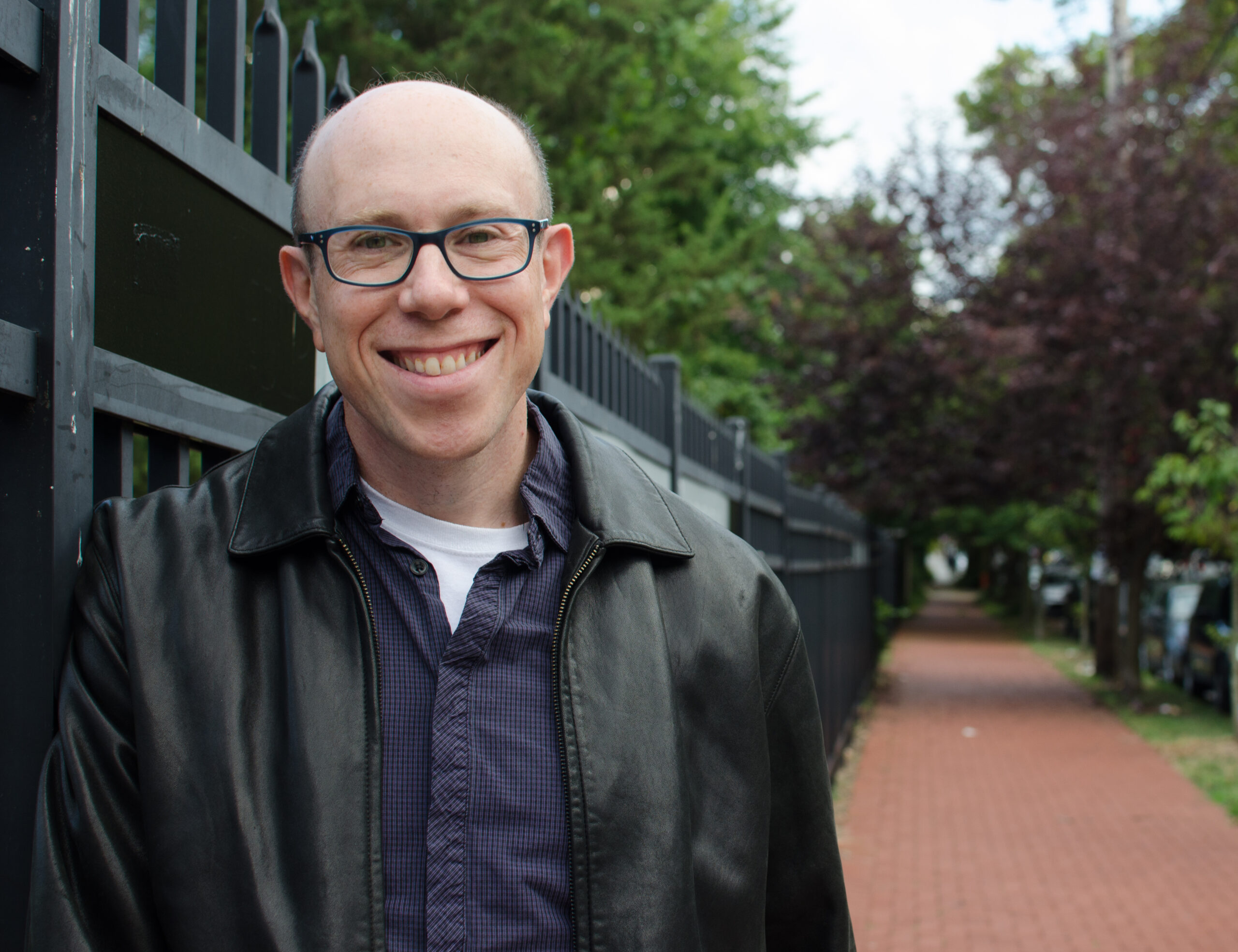Sometimes, I talk to my long-deceased great-grandmother. Only you can decide how literally to interpret that, but at whatever level you’re able to believe, she and I talk.
Her name was Anna. She left Russia in the early 20th century and immigrated to Philadelphia. She had a hard life, by all accounts. She died in the 1930s, quite young, about the age I am now.
I’m told I have her eyes.
She tells me that things have always been bad — that things have never been “normal” or calm or safe. But she doesn’t mean it in a catastrophizing or doomful way. (I have relatives like that. Just not this one.)
When we talk, she tells me that trauma has always been the backdrop of our lives. Always. She’s very practical and no-nonsense about it; that’s how it is, boychik, the world can be both magical and horrible, you make do, you work with what you have.
I spend a lot of time thinking about what we now call “intergenerational trauma.” Last fall, I was reading a book specifically about Jewish intergenerational trauma, Wounds into Wisdom: Healing Intergenerational Jewish Trauma by Rabbi Tirzah Firestone. I can’t recommend it enough.
It illuminated so many patterns in my family (and in my broader Jewish family) — the things we don’t talk about, the things we can’t stop talking about, the free-floating anxiety, the feeling of having to fit five lives into one because so many of us have died too soon, the survivor’s guilt. It helped me see all that in a new way.
Come to think of it, I started having conversations with my great-grandmother Anna right about when I started reading that book.
When I look at our inheritance as Jews — the stories, the traditions, the songs, the practices, all of it — the beauty and the trauma are all mixed together. It seems like every practice I learn about has some grizzly backstory, or is a brilliant, beautiful response to unspeakable suffering and violence.
The makhzor (High Holy Day prayer book) is full of both. Try reading it with that eye, and you will really see what I mean. The beauty and the horror don’t separate out so easily.
That’s a complicated inheritance. What do you do with that? When I talk to Anna, she feels so strangely clear: You work with what you have. You take the whole messy thing, simmer it, cook it, shape it and find the power in it.
Often, I feel a little more ambivalent; I’m not always sure it’s a good idea to hold on to all this stuff. I feel like it makes us worse sometimes.
And how Jewish of me. I go to my ancestors, seeking wisdom, I actually get a real answer from “Beyond The Veil,” and I go … “Uhh, I dunno, I’m not sure I agree with that.”
I mean, who does that? Jews, that’s who. There’s a reason that God spends so much of our own holy book complaining about what bad listeners we are.
Anyway. Rabbi Firestone writes that post traumatic growth — the healing — is neither about forgetting what happened nor holding onto the pain of it like a precious artifact.
You work with what you have. You take the whole messy thing, simmer it, cook it, shape it and find the power in it.
It comes from using what happened as the raw ingredients of meaning and purpose. She writes that “We can ask: What does this terrible wound inspire me to do that I would never have thought to do otherwise?”
Which sounds a little like Anna. More than any specific thing, what I learned from talking to my great-grandmother that I most want to pass down is that very no-nonsense feeling of agency in relationship to our collective trauma. You work with what you have. It really is all ours, raw materials to make into meaning, connection, growth, and, God willing, healing.
[Based on a Yom Kippur drash at Reconstructionist Congregation Kol Tzedek in Philadelphia.]








One Response
Exceptionally well-written. Thank you for sharing this, Jon.